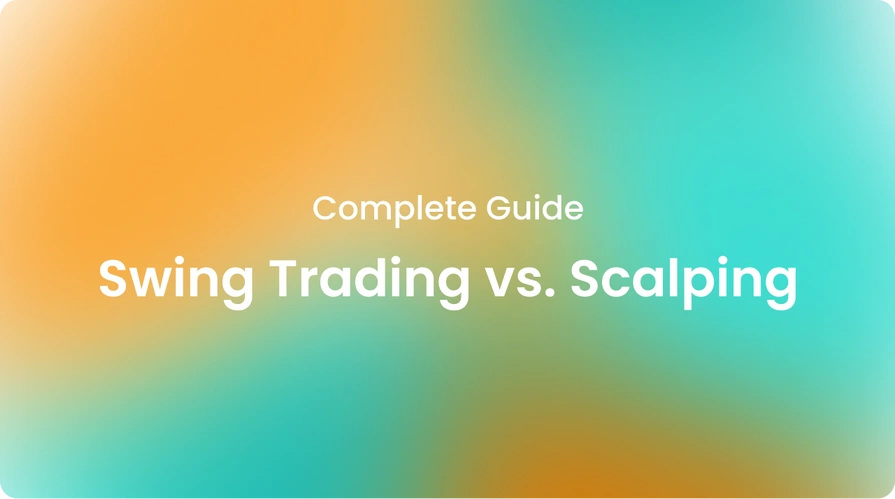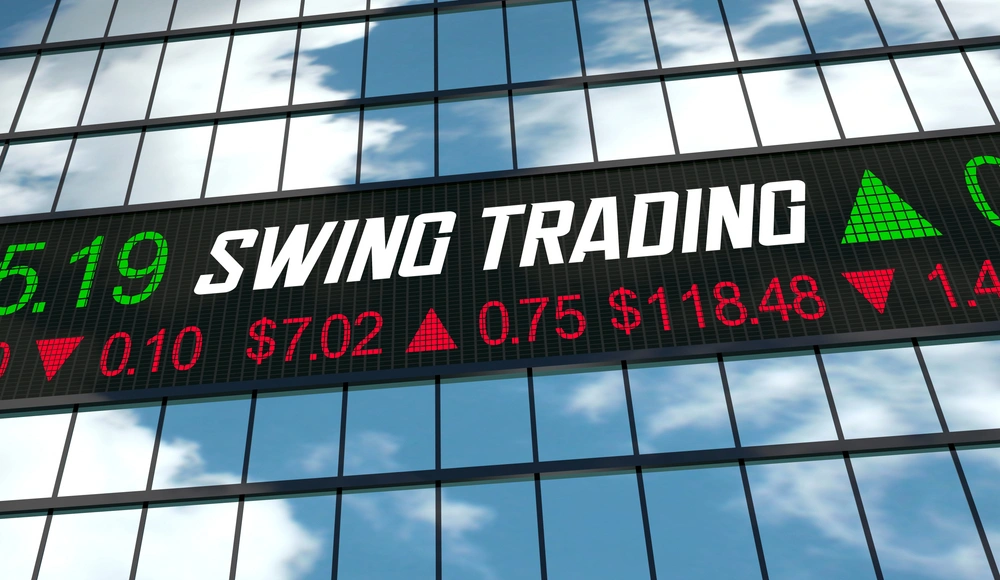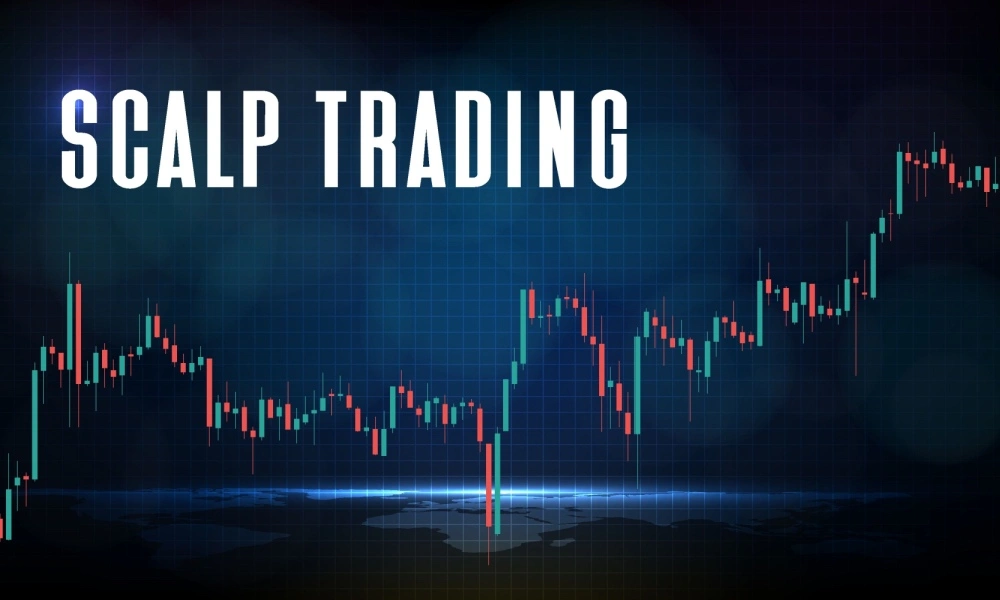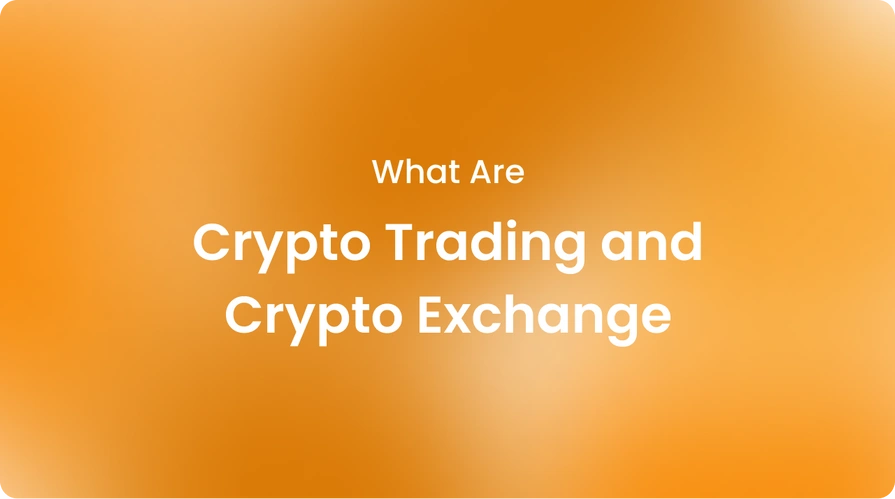|crypto, knowledgehub
Swing Trading vs. Scalping: A Complete Guide

As the popularity of crypto trading continues to rise, more and more individuals are jumping into the ring in hopes of scoring life-changing profits, especially with swing trading and scalping. However, the landscape of opportunities and strategies available can seem complex and confusing to a newcomer.
Two prominent styles that many traders gravitate towards are swing trading vs. scalping—but which one is right for you? Let's take a closer look at how each trade works, the timeframes involved, relative difficulty levels, and potential profitability!
What is swing trading?
Swing trading refers to purchasing an asset with the intention of holding it for a period of several days to several weeks while waiting for the price to "swing" in your favor.
Traders analyze market trends and momentum to identify moments to enter at a low point and exit higher after the asset experiences minor fluctuations within an overall uptrend or downtrend.
For example, a trader may buy Bitcoin after a short dip if they believe the price will recover back above the purchase point within the next week or two before the next correction.
How does swing trading work?
Swing traders use technical indicators like moving averages, Bollinger Bands, and RSI divergence to spot entry and exit signals. As previously mentioned, swing traders hold positions for days or weeks, awaiting the target price to be reached.
Proper risk management with stop losses is critical in case the market moves against expectations. Regular analysis of news, fundamentals, and overall sentiment helps gauge the strength and likely continuation of current trends.
What timeframe is better for swing trading?
Most swing traders operate on the daily or 4-hour chart timeframe to identify developing trends and opportunities. Monitoring the longer-term weekly or monthly charts also aids in providing guidance within the broader market cycle.
The daily charts in particular offer a good balance for swing traders to spot emerging moves while avoiding excessive exposure in very short timeframes. Therefore, regular monitoring of the crypto market is beneficial for crypto traders.
What is scalping?
In contrast to swing trading, "scalping" or “scalp trading” refers to a high-frequency strategy of opening and closing positions very quickly, usually within minutes or even seconds. Scalpers aim to profit from small price fluctuations by capitalizing on gaps or temporary order imbalances.
Unlike position traders, who hold assets for extended periods, scalpers churn through numerous trades each day, looking to accumulate consistent profits.
How does scalping work?
Scalp traders rely on various technical indicators coupled with order flow data to spot anomalies in supply and demand. For example, they may jump in when the price gaps above resistance on an intraday chart and sell into buying pressure.
Using tight stop-losses, scalpers try to maximize wins and minimize losses from these many short-term trades. Some even employ algorithmic strategies for lightning-fast order execution. Continuous monitoring is essential, as opportunities frequently vanish in mere moments prior to order fulfillment.
What timeframe is better for scalping?
Due to the short holding periods involved, scalpers need very brief time frames, like 1- or 5-minute charts. These allow them to spot minute-by-minute fluctuations in liquidity and tiny gaps or order imbalances.
The ultra-short timeframes ensure scalpers can enter and exit within their desired period, whether it's a few seconds or up to a few minutes. Market charts offer less value in this strategy.
Is scalping easier than swing trading?
While scalping requires less fundamental market analysis compared to swing trading, it presents greater challenges from a technical and psychological perspective. Scalpers must have razor-sharp ordering and timing skills to capitalize on fleeting opportunities.
Scalping can be quite stressful due to the mental stamina required to concentrate intensely on charts all day long. For these reasons, many traders consider scalping a more difficult strategy than swing trading. High risk is another downside, as even small pricing jumps can erase narrow profits.
Is swing trading the most profitable?
When done strategically with risk management in turbulent crypto markets, swing trading can yield substantial returns over time. By avoiding overnight holds and aiming for multiple-day trends, swing traders balance some of scalping's downsides of constant stress.
According to studies analyzing multiple crypto trading strategies, swing trading often results in better and steadier profits than day trading or position trading due to a favorable risk/reward profile.
However, finding high-probability entries within trends remains challenging. Returns depend more on the individual's skill, plan, and execution.
Is swing trading good for beginners?
Due to swing trading's slightly longer timeframe and relative simplicity, many experts recommend it as one of the best strategies for novice cryptocurrency traders.
Compared to day trading or scalping, which require near-constant attention and lightning-fast execution, swing trading offers more flexibility to analyze charts and manage risk.
Beginners also experience less performance pressure, as emotions become less of a factor over days rather than minutes. Swing trading allows budding traders to become more comfortable locating trends and implementing the fundamentals before advancing.
Which is better: swing trading or scalping?
Both swing trading and scalping can result in profits, but certain factors point to one being more suitable than the other on an individual level:
- Scalping requires extraordinary focus and discipline for very brief windows. It likely works best for experienced crypto traders or those with algorithmic strategies.
- Swing trading demands less monotony and intensity. Its time frame gives novices more flexibility to ease into technical analysis and trade management.
- Scalpers face enormous stress due to their dependence on very short-term fluctuations. Swing trading provides broader periods to take gains off the table.
- Transaction costs from high scalping volumes may erode profits. Swing traders benefit from lower trading frequencies and wider profit targets.
- Individual strengths, available time, and risk tolerance must also be considered. Not everyone enjoys constant scalping intensity.
For most traders just starting out, swing trading offers a balanced approach to achieving strong risk-adjusted returns without putting undue pressure on them. However, scalping can pay dividends for those suited to its demanding style. So, the choice between swing trading vs. scalping is up to you.
Can I swing trade or scalp trade for a living?
While becoming a full-time swing or scalp trader is certainly possible, it requires strategic planning and discipline. Traders must have sufficient capital, withstand drawdowns without panic-selling, and accept significant market risks like leverage regulation or exchanges closing.
They must also develop a proven crypto trading strategy through testing and demo practice to minimize emotional biases. Most importantly, consistency in execution and willingness to learn from mistakes determine long-term success over failure.
Daily crypto trading offers viable income but involves considerable work and the continual refinement of the approach. You can hone both scalping and swing trading skills into a solid profession with dedication and experience.
The bottom line
Swing trading and scalping represent distinct strategies with unique pros and cons. Swing trading provides a gentler approach for beginners through a focus on mid-term trends. Scalping demands laser focus for ultra-short windows suited to seasoned traders.
Both demand understanding risk, as profits rely on repeated small gains over losses. Selecting the optimal strategy depends on individual circumstances, strengths, and risk acceptance after thoughtful research and testing.
For most new crypto enthusiasts, though, swing trading may offer a smoother entry point into profitable trading. Additionally, crypto trading in a safe environment is equally important. Cryptobunq is here for you as a secure crypto service provider.
You can easily invest in and manage your crypto assets securely with the expert solutions of Cryptobunq. From crypto exchange API to crypto checkout and invoicing, from batch crypto payments to custody and wallet, and more, you can rely on CBQ and benefit from all-in-one place services.
Contact us today and integrate our expert services into your projects without worrying about security. Benefit from constant customer service options and grow your projects with the power of blockchain technology. Get started with Cryptobunq!













